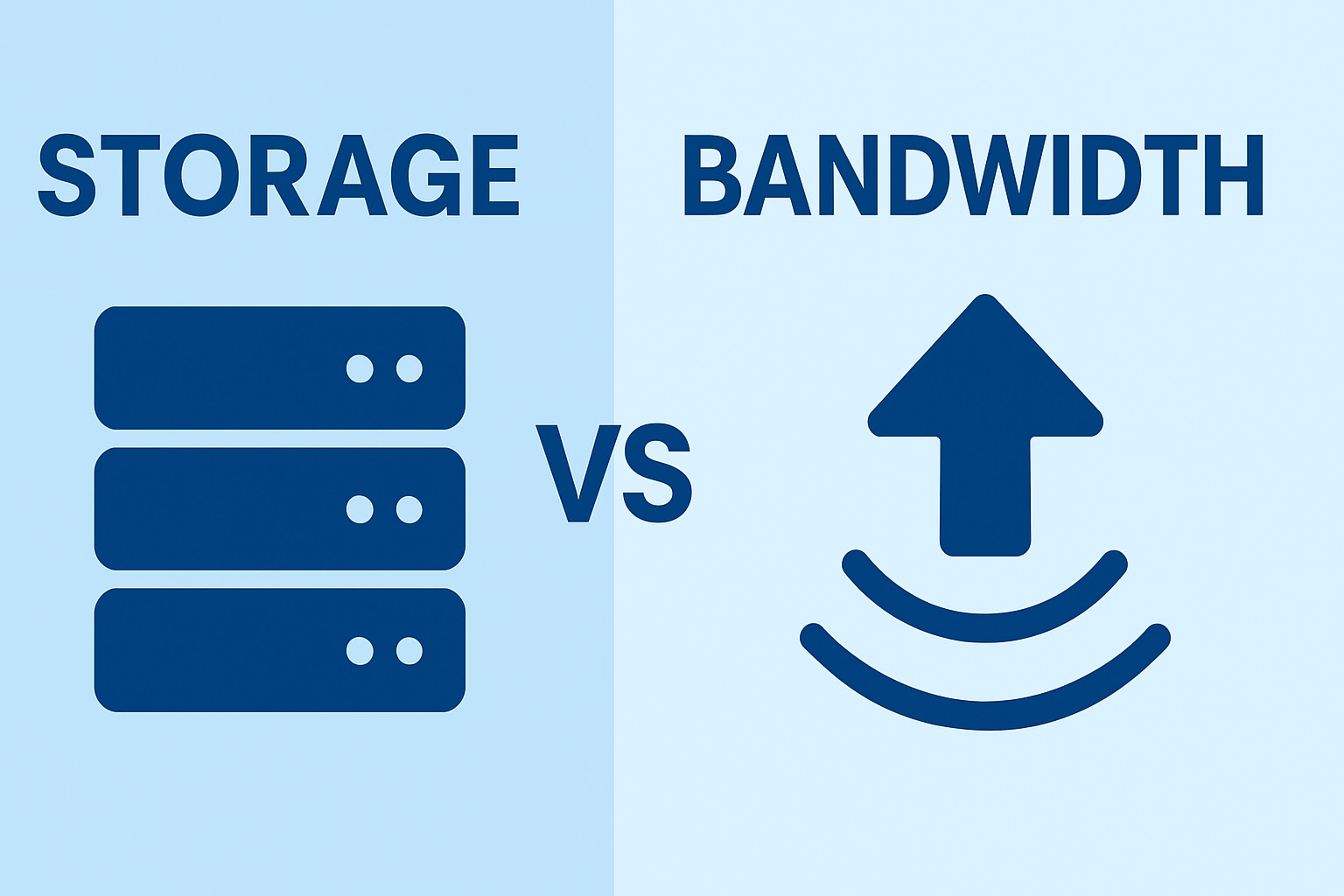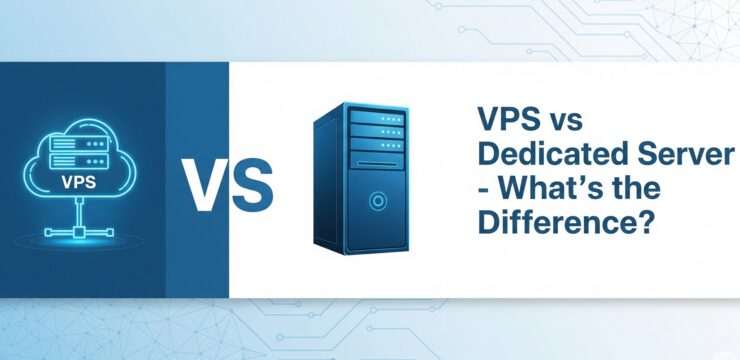
Hosting Storage vs Bandwidth: Key Differences You Should Know
When choosing a web hosting service, two crucial terms you’ll encounter are storage and bandwidth. These terms play a vital role in determining your website’s performance, cost, and scalability. Understanding the difference between storage and bandwidth can help you select the best hosting plan for your website’s needs.
What is Storage in Web Hosting?
Storage refers to the amount of disk space provided by the hosting company for your website files. This includes your HTML files, images, videos, scripts, databases, and emails associated with your domain.
The more content you plan to host (e.g., high-resolution images, videos, or large databases), the more storage you will need. Hosting plans often offer storage types like HDD (Hard Disk Drive) or SSD (Solid State Drive), with SSDs being faster and more reliable.
What is Bandwidth in Web Hosting?
Bandwidth is the amount of data your website can transfer to visitors in a given period, usually measured monthly. Every time someone visits your site and loads content, it uses a portion of your bandwidth allowance.
If your hosting plan includes 100GB bandwidth, that means your site can transfer up to 100GB of data per month to users. High-traffic websites or those that host large media files require more bandwidth to handle the volume of data transferred.
Key Differences Between Storage and Bandwidth
- Storage is about how much data you can keep on the server.
- Bandwidth is about how much data can be sent to visitors over time.
- Low storage limits can restrict the size and number of files you upload.
- Low bandwidth can lead to slow performance or downtime if you exceed the limit.
Why Understanding the Difference Matters
Choosing the right balance between storage and bandwidth depends on your website’s purpose. A blog with mostly text may need minimal storage and bandwidth. In contrast, an e-commerce store with high-resolution images and many visitors will require higher limits for both.
Overestimating may cost you more, while underestimating can lead to performance issues. Always review your hosting plan based on your site’s content and expected traffic.
Conclusion
Both storage and bandwidth are essential components of web hosting. Understanding the difference between storage and bandwidth helps you make informed decisions and ensures your website runs smoothly without unexpected downtimes or extra charges. Always analyze your site’s requirements before choosing a hosting plan.





